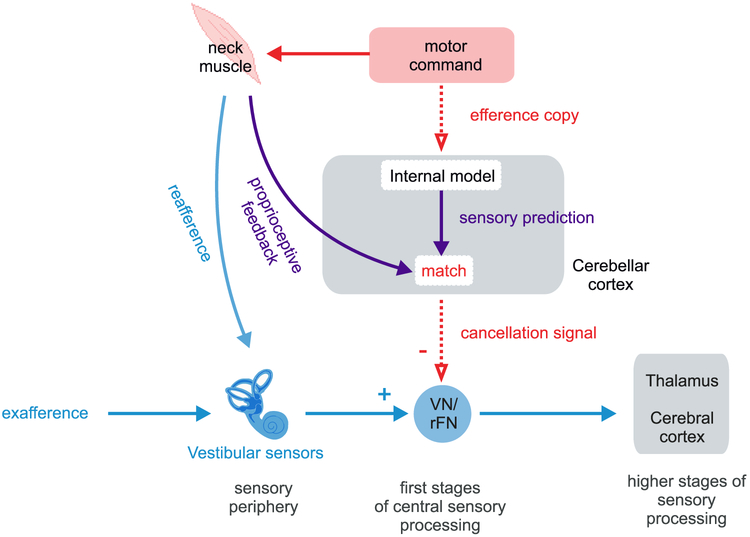Figure 2: Proposed model for cancellation of sensory reafference in the vestibular system.
In this model, a motor command is sent i) to the neck muscle to move the head, and also ii) to areas that generate internal models of the sensory consequences of active movements, resulting in a prediction of the sensory feedback expected as a result of the head movement command. In situations where there is a match between expected and actual proprioceptive sensory input – as would be the case during normal active head movements - a cancellation signal (negative image of the vestibular afferent signal) is sent to vestibular-only (VO) neurons in the vestibular nuclei (VN) and to the rostral fastigial nuclei (rFN) of the cerebellum to suppress the self-generated vestibular inputs. In situations where actual and predicted sensory inputs do not match, vestibular signals are not suppressed. It is notable that the brain uses a multimodal approach, combining inputs from the vestibular and proprioceptive systems, to both sense self-motion and to suppress the representation of actively generated self-motion.

